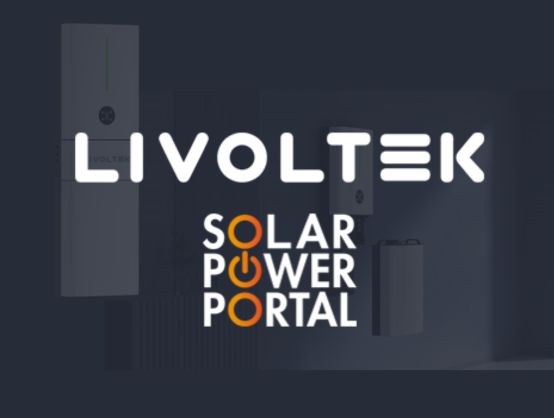
Many people investing in solar-plus-storage want a degree of grid independence, Simon Baggaley, country manager UK and Ireland at Livoltek told a Solar Media webinar audience today (5 July).
Discussing the uses of hybrid inverters, Baggaley explained that the majority of customer demand in the UK and Irish markets is for hybrid technologies that enable the integration of solar and battery inverters into a single unit.
In his own words, Baggaley said: “We're seeing something like 90% to 95% attachment rate of hybrid inverters with solar systems plus battery.”
As disclosed in Solar Power Portal’s recent Livoltek product review, the organisation has introduced an all-in-one Energy Storage System (ESS) which combines a hybrid inverter and low-voltage batteries to avoid expensive load peaks by storing solar power and using it whenever needed. Its energy storage capacity can be expanded up to 25kWh by adding extra batteries.
Alongside this, the Livoltek hybrid bi-directional inverter can be adapted to residential and small businesses’ self-consumption with battery storage. Its integrated backup power function and automatic activation in the case of a power outage allow customers to benefit from energy independence via the export power control feature and time of use shifts for lower electricity costs.
Livoltek also highlighted throughout the webinar various issues and desires both installers and end-users are looking for in regard to the pre-installation phase.
Baggaley said: “There are various key things end-users are telling us. For instance, many are saying they want battery storage but don’t know how much capacity is needed. As well as this, many are saying that they want to be able to control their system to take advantage of night rate electricity and other complex tariffs.”
Both of these factors are looking to be solved via Livoltek’s technology.
“Just some of the key benefits of the inverter is first of all is that it can be installed up to a 7.5-kilowatt peak DC connected to the panels on the roof. That's because it's 150% DC to AC ratio. With our five-kilowatt inverter, you can go to 7.5 kilowatt of PV panels,” Baggaley said when highlighting the use of the hybrid inverter.
“In the morning, in the afternoon, under low light conditions, you can be optimising the power from the 7.5 kilowatts or whatever could be generated. When it's actually generating full power at lunchtime at 7.5 kilowatts, the extra goes into the battery. You're never wasting any power with this system.”
This could be of particular interest to customers amid the energy crisis. Solar Power Portal’s sister publication Current± recently reported that when the wholesale gas market started to become even more volatile in early 2022, many households and businesses were at the mercy of the market with the cost of energy in the UK skyrocketing. This was primarily a result of the Russian invasion of Ukraine, which then saw a reduction in Russian imported fossil fuels.
In a bid to protect UK consumers, the Energy Price Guarantee was introduced from October 2022 to provide a support rate discount on domestic gas and electricity. This was later included in the Energy Prices Bill, alongside the Energy Bill Relief Scheme, a similar initiative designed to reduce energy costs for businesses.
However, one of the key methods in reducing energy costs is by producing your own via solar panels. The result saw demand soar for the technology throughout 2022 when the energy crisis’ grip started to tighten.
Turning our attention back to the webinar, Daniel Fisher, technical support engineer, UK and Ireland, at Livoltek highlighted the various different modes that are available to customers. These are categorised in self-use mode (the default mode), self-define, back up mode as well as electric vehicle (EV) modes.
The EV modes attempt to support the adoption of clean mobility solutions – a growing trend in the UK ahead of the sale of fossil fuel powered internal combustion engine (ICE) vehicles by 2030.
The EV modes include fast charge, which charges the car battery as fast as possible from any power available, ECO, which only uses solar or battery power to charge an EV and thus is a cheaper method, and finally self-define, which allows the user to define the times of day to charge. This again could reduce the cost of EV charging whilst also shifting demand away from peak periods of the day.